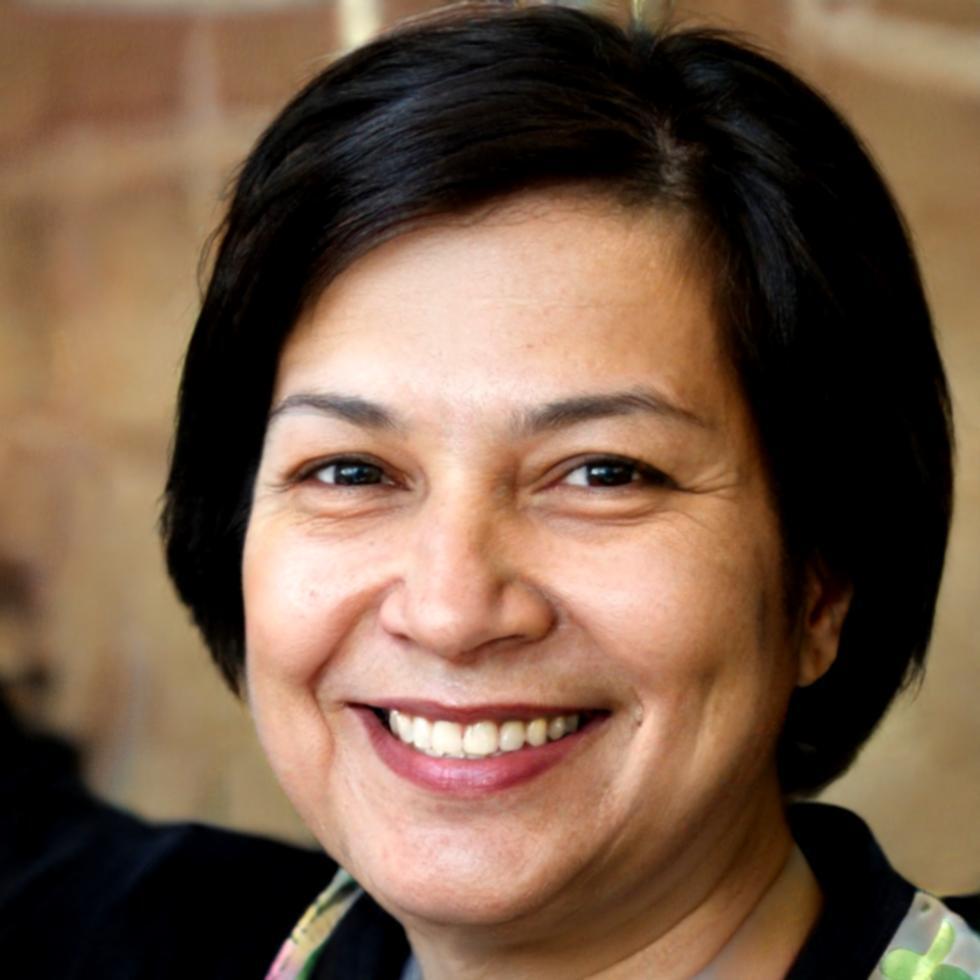Comparative Analysis Projects
You'll compare competitors in the same industry, learning to adjust for different accounting policies and identify which company's numbers are more reliable.
Learning to read financial statements isn't about memorizing formulas. It's about developing the judgment to spot what matters and the confidence to explain what you've found. Our September 2025 cohort starts with real company data from day one.
Weeks of structured learning with live analysis sessions twice weekly throughout autumn 2025
Maximum cohort size to ensure everyone gets individual feedback on their analysis work
Real company statements you'll examine, including some that looked healthy before they weren't
We don't rush through topics. Each phase builds on what came before, and you won't move forward until the current concepts make sense. Some students finish in 14 weeks. Others take 18. What matters is developing solid analytical judgment.
Before analyzing anything, you need to understand what you're looking at. We start with how balance sheets, income statements, and cash flow statements connect to each other. You'll learn why the same number can mean different things depending on industry and business model.
Ratios are tools, not answers. This phase focuses on which ratios matter for specific questions and how to interpret them in context. You'll practice spotting when impressive-looking numbers hide problems and when concerning ratios might actually be fine.
Financial manipulation often leaves traces. This section teaches you what normal variation looks like versus what suggests creative accounting. We examine real cases where warning signs appeared in statements months before problems became public.
Understanding financial data means nothing if you can't explain what you found. The final phase focuses on translating technical analysis into clear explanations for different audiences. You'll practice presenting findings to people who don't want to hear about EBITDA margins.

This program exists because employers keep telling us they need people who can actually read financial statements, not just run formulas in Excel. Every assignment mirrors something you'd encounter in a finance role.
You'll compare competitors in the same industry, learning to adjust for different accounting policies and identify which company's numbers are more reliable.
Working with five years of data from real companies, you'll track how financial health changed over time and practice identifying turning points.
Regular practice explaining your analysis to peers helps develop the communication skills that separate competent analysts from valuable ones.

I came in thinking financial analysis was all about calculations. Three weeks in, I realized the math part is actually the easy bit. Learning to ask the right questions and spot inconsistencies between different statement sections — that's what the program really taught me. Now when I review financials at work, I notice things my colleagues miss.